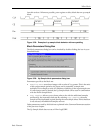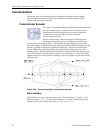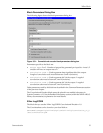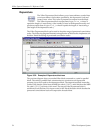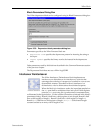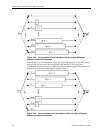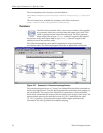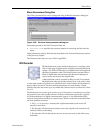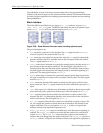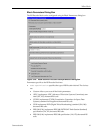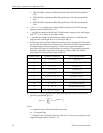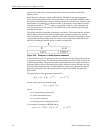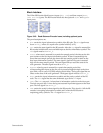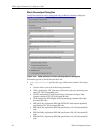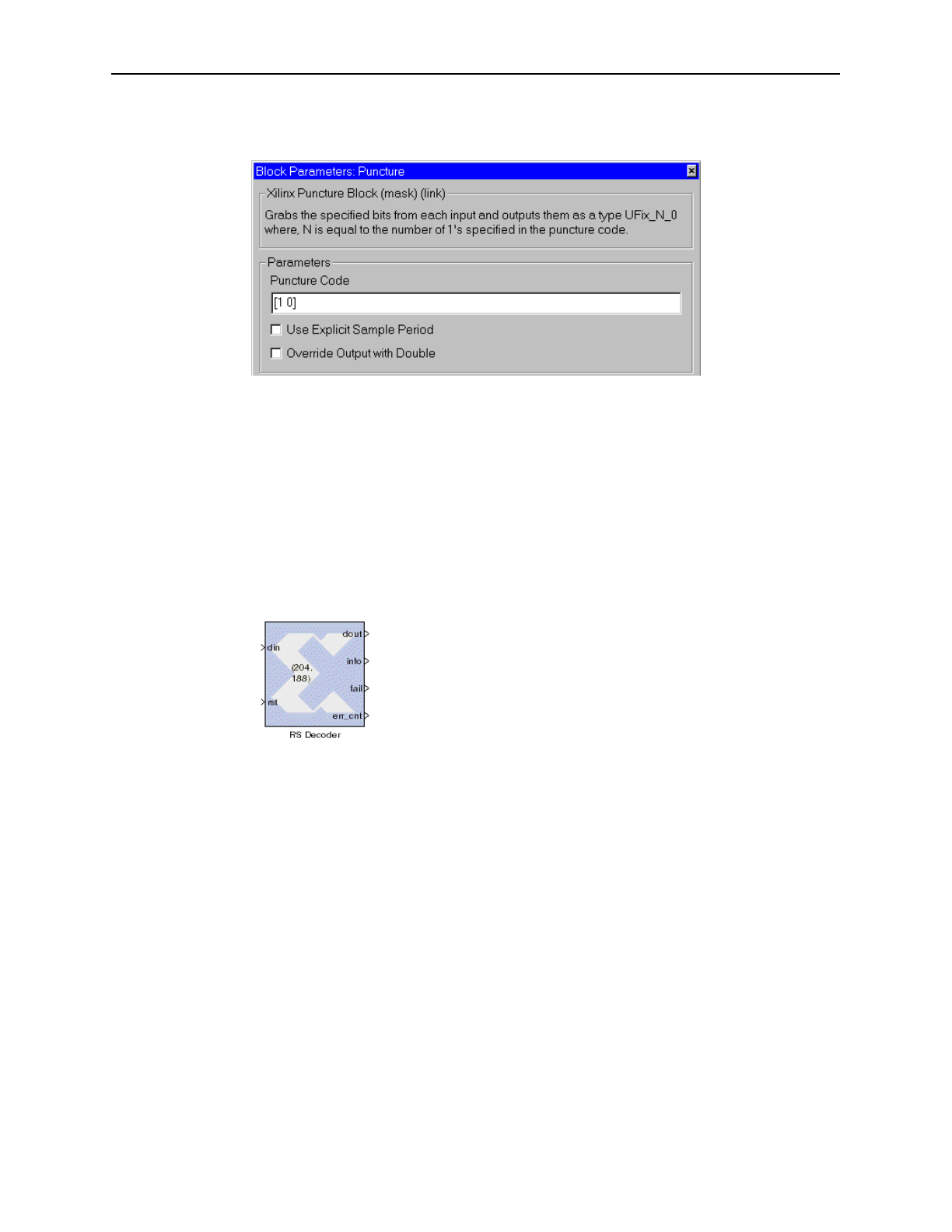
Communication 59
Xilinx Blocks
Block Parameters Dialog Box
The Xilinx puncture block can be configured using its Block Parameters dialog box.
Figure 3-38: Puncture block parameters dialog box
Parameters specific to the Xilinx Puncture block are:
• Puncture Code: specifies the puncture pattern for removing the bits from the
input.
Other parameters used by this block are described in the Common Parameters section
of the previous chapter.
The Puncture block does not use a Xilinx LogiCORE.
RS Decoder
RS (Reed-Solomon) codes are block-based error correcting codes
with a wide range of applications in digital communications and
storage. The Xilinx RS Decoder core handles both full length and
shortened systematic codes. The Reed-Solomon decoder takes a
block of digital data and processes each block and attempts to
correct errors and recover the original data.
A Reed-Solomon code is specified as RS(n,k) with s-bit symbols.
Reed-Solomon codes are usually referred to as (n,k) codes, where
n is the total number of symbols in a code block and k is the number of information or
data symbols. See the RS Encoder block documentation for more details. A Reed-
Solomon decoder can correct up to t symbols that contain errors in a codeword, where
2t = n-k.
The RS decoder can correct up to t errors or up to 2t erasures. An erasure occurs when
the position of an erred symbol is known. Erasure information is generally supplied
by the demodulator in a digital communication system, i.e. the demodulator flags
received symbols that are likely to contain errors. When a codeword is decoded, there
are three possible outcomes:
1. If 2p + r < 2t (p errors, r erasures) the original transmitted code word will
always be recovered
2. The decoder will detect that it cannot recover the original code word and will
indicate a failure in decoding.
3. The decoder will mis-decode and recover an incorrect code word without any
indication.



